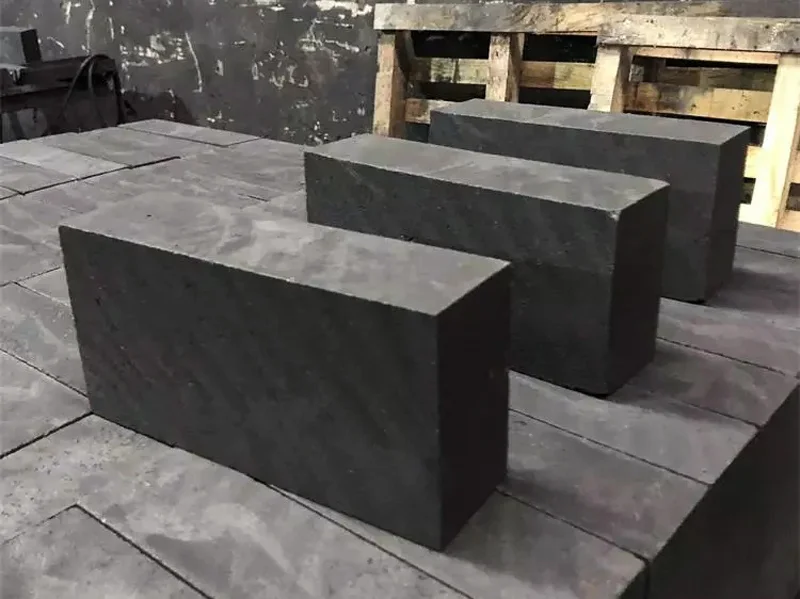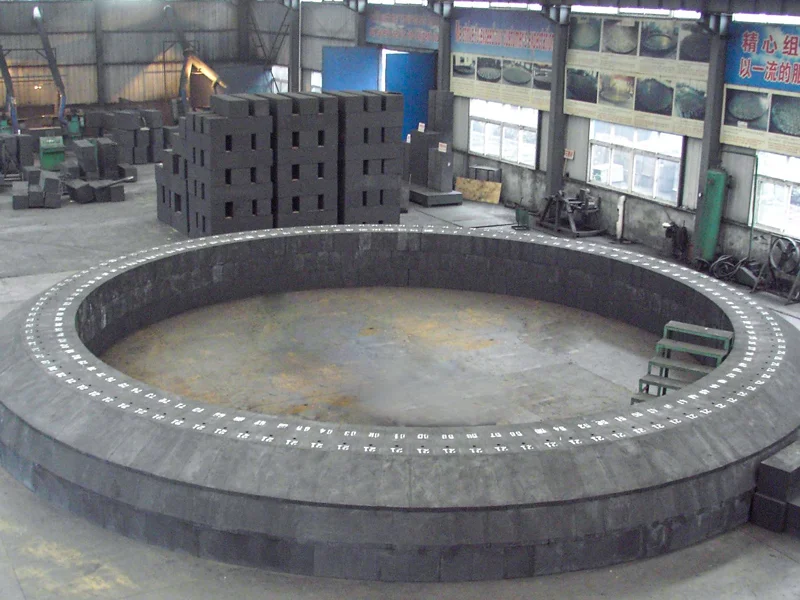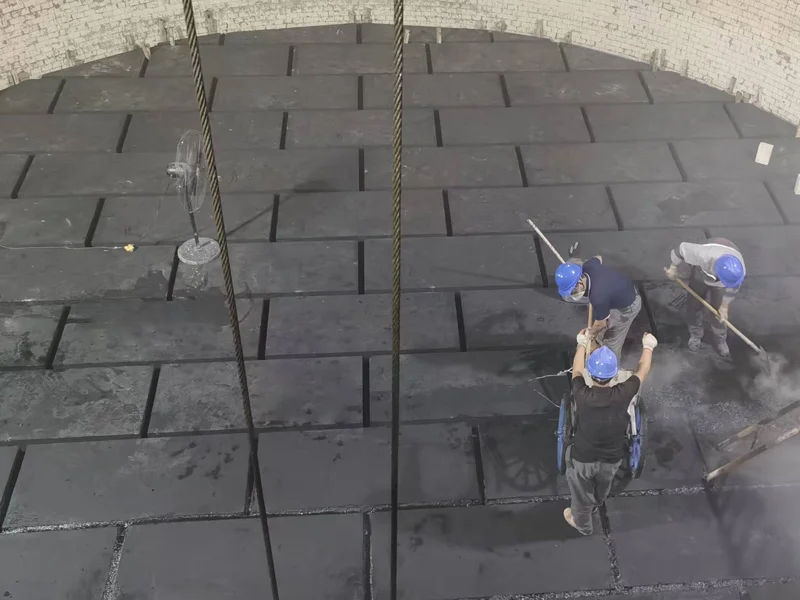High chrome brick is a crucial refractory material used in kilns to withstand high temperatures and corrosive environments. Its exceptional resistance to thermal shock, chemical attack, and mechanical stress makes it an ideal choice for kiln applications. In this comprehensive guide, we will explore the importance of high chrome brick in kilns, its unique properties, and its benefits for various industries.

Understanding High Chrome Brick
Composition and Structure
High chrome brick is primarily composed of chromium oxide (Cr2O3) and alumina (Al2O3). The high chrome content provides excellent resistance to corrosion and erosion, making it well-suited for kiln applications where aggressive chemical reactions occur at high temperatures. The brick’s dense and compact structure ensures low porosity and high strength, enabling it to withstand the extreme conditions within kilns.
Heat Resistance
One of the most critical properties of high chrome brick is its exceptional heat resistance. It can withstand temperatures as high as 1700°C (3092°F), making it suitable for kilns that operate at elevated temperatures. The brick’s ability to maintain its structural integrity under intense heat ensures the kiln’s efficiency and prolongs its service life.
Corrosion and Erosion Resistance
Kilns often contain corrosive substances, including alkalis, acids, and slag. High chrome brick offers exceptional resistance to these aggressive agents, protecting the kiln lining from chemical attack and erosion. This resistance ensures the longevity and reliability of the kiln, reducing downtime and maintenance costs.

Thermal Stability
High chrome brick exhibits excellent thermal stability, allowing it to withstand rapid temperature changes without cracking or spalling. This property is crucial in kilns, where temperature differentials occur during heating and cooling cycles. The brick’s ability to handle thermal stress ensures the kiln’s structural integrity and minimizes the risk of premature failure.
Mechanical Strength
High chrome brick possesses high mechanical strength, enabling it to withstand the mechanical stress caused by thermal expansion and contraction. This strength ensures that the brick lining remains intact, even under the intense conditions within the kiln. It also contributes to the overall stability and safety of the kiln operation.
Applications of High Chrome Brick in Kilns
High chrome brick finds extensive use in various kiln applications across different industries. Some notable applications include:
- Cement Industry: High chrome brick is widely used in cement kilns due to its resistance to alkalis and abrasion. It helps maintain the structural integrity of the kilns and enhances their performance in harsh operating environments.
- Steel Industry: High chrome brick is utilized in steelmaking processes, such as steel ladles and tundish linings, where it provides excellent resistance to molten metal and slag. Its high thermal conductivity aids in efficient heat transfer and temperature control.
- Incinerators: High chrome brick is employed in waste incinerators, where it withstands the aggressive chemical environment and high temperatures. It ensures the longevity and reliability of incinerator linings, facilitating effective waste disposal.
- Glass Industry: High chrome brick is utilized in glass melting furnaces, where it offers superior resistance to molten glass and corrosive gases. Its high thermal shock resistance ensures the durability of the furnace lining and enhances glass production efficiency.

Conclusion
High chrome brick plays a vital role in kilns, providing exceptional heat resistance, corrosion resistance, thermal stability, and mechanical strength. Its unique properties make it an indispensable refractory material in various industries, including cement, steel, incineration, and glass. By choosing high chrome brick for kiln applications, industries can ensure optimal kiln performance, extended service life, and reduced maintenance costs.
